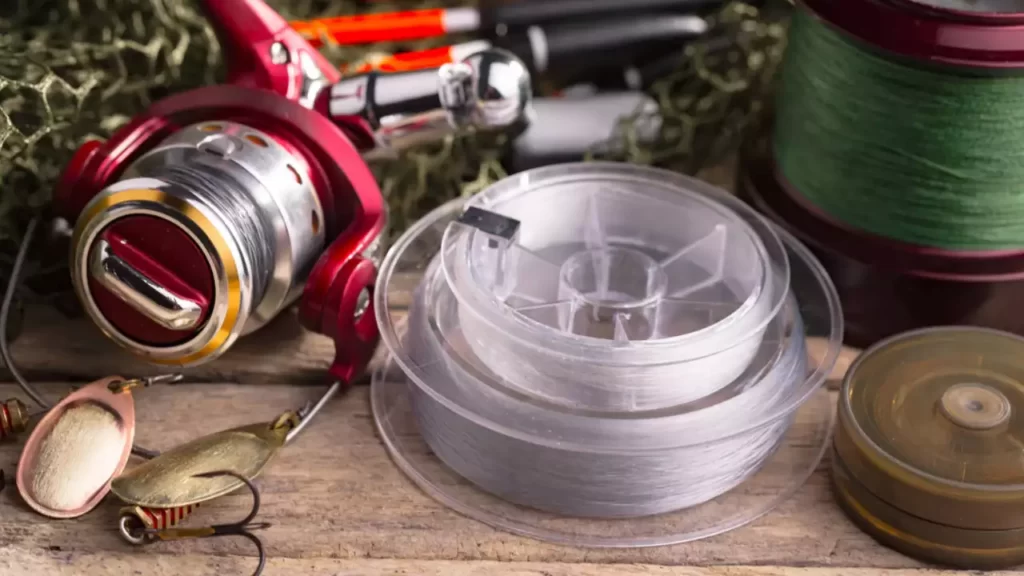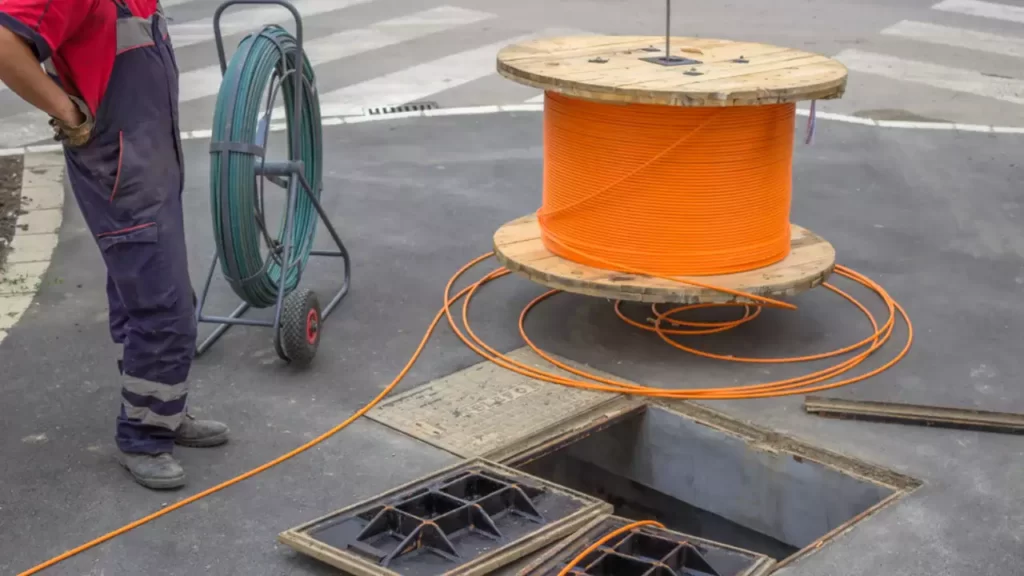Imagine repurposing an everyday item like fishing line into a cutting-edge technology like fiber optics. But is it possible? Can fishing line actually be used as fiber optic?
This article delves deep into the topic, exploring the similarities and differences between fishing lines and fiber optic cables, their potential applications, limitations, and advantages.
Keep reading to uncover the answer and learn more about the intriguing world of fiber optics!
Understanding Fiber Optics
Fiber optics is a technology that uses thin strands of glass or plastic, called optical fibers, to transmit data as pulses of light.
These fibers are usually bundled together in a cable and are known for their high-speed data transmission, low signal loss, and resistance to interference.
Fiber optics has various applications, such as telecommunications, internet service, and even medical equipment.
How Fiber Optic Cables Work
In a fiber optic cable, light is transmitted through the core of the optical fiber. This core is surrounded by a layer called the cladding, which has a lower refractive index than the core.
The cladding ensures that the light remains within the core by reflecting it back through a phenomenon called total internal reflection. This process allows the light to travel long distances with minimal loss.

Fishing Line Composition
Fishing lines are typically made from materials like nylon, fluorocarbon, or ultra-high-molecular-weight polyethylene (UHMWPE).
They are designed to be strong, lightweight, and resistant to abrasion and UV light. Fishing lines come in various diameters and tensile strengths, depending on the type of fishing and the target species.
Fishing Line as a DIY Fiber Optic Cable
In some DIY projects, fishing line has been used to create makeshift fiber optic cables. By attaching a light source to one end of the fishing line, the light can travel through the line and illuminate the other end.
This effect is achieved due to the transparent nature of fishing lines and their ability to guide light via internal reflections.
Limitations of Fishing Line as Fiber Optic
While it’s true that fishing line can guide light to some extent, there are some significant limitations when compared to commercial fiber optic cables:
Signal Loss
Fishing lines are not as efficient in guiding light as commercial optical fibers, resulting in higher signal loss over distance.
Lower Data Transmission Capacity
The use of fishing line for data transmission is limited due to the lower bandwidth and signal quality compared to genuine fiber optic cables.
Lack of Cladding
Unlike fiber optic cables, fishing lines don’t have a separate cladding layer, which can lead to light leakage and reduced efficiency.
Material Limitations
Fishing lines are generally not as flexible, durable, or temperature-resistant as commercial fiber optic cables, making them less suitable for demanding applications.
Advantages of Using Fishing Line for DIY Projects
Despite these limitations, using fishing line as a makeshift fiber optic cable does have some advantages, particularly for DIY enthusiasts and hobbyists:
Cost-Effective
Fishing line is a relatively inexpensive alternative to commercial fiber optic cables, making it an attractive option for small-scale projects or experiments.
Availability
Fishing line can be easily found in local stores or online, whereas purchasing fiber optic cables might require a more specialized supplier.
Ease of Use
Working with fishing line is generally easier than handling glass or plastic optical fibers, which can be delicate and prone to breaking.

Commercial Fiber Optic Cables vs. Fishing Line
It’s essential to recognize that using fishing line as a fiber optic cable is not a direct replacement for commercial fiber optic cables. In terms of performance, durability, and efficiency, commercial fiber optic cables significantly outperform fishing lines.
Therefore, fishing lines should only be considered for DIY projects, hobbyist applications, or educational purposes where the limitations are not critical.
Alternative Materials for DIY Fiber Optics
Besides fishing line, other materials can be used for DIY fiber optic projects, such as:
Acrylic Rods
These transparent rods can guide light similarly to fishing lines and can be used in decorative applications or simple light transmission projects.
Side-Glow Fiber Optic Cable
This type of cable is designed to emit light along its length rather than at the ends, making it suitable for decorative purposes like accent lighting.
Safety Precautions
When working with DIY fiber optics, it’s important to take safety precautions, such as:
Protect Your Eyes
Never look directly into a light source, as it can cause eye damage. Wear safety goggles when working with bright lights.
Handle Materials with Care
Glass and plastic fibers can be delicate and may cause injury if not handled correctly. Be cautious when cutting or bending materials.
Follow Electrical Safety Guidelines
When working with electrical components, ensure that you are familiar with basic electrical safety practices to prevent accidents.
FAQs
Can fishing line transmit data like fiber optic cables?
While fishing line can guide light to some extent, it is not designed for data transmission like commercial fiber optic cables.
The signal quality, bandwidth, and efficiency of fishing lines are significantly lower, making them unsuitable for high-speed data transmission.
Can fishing line be used for decorative lighting?
Yes, fishing line can be used for simple decorative lighting applications where the light is transmitted through the line to create a visual effect.
However, it is not as efficient as commercial fiber optic cables or side-glow fiber optic cable designed for this purpose.
Is using a fishing line as a fiber optic cable safe?
Generally, using fishing line as a makeshift fiber optic cable is safe for small-scale projects or experiments.
However, it’s essential to follow safety precautions when working with light sources and electrical components.
Conclusion
Fishing line can indeed be used as a makeshift fiber optic cable in specific DIY projects and educational purposes.
However, it is important to remember that it has significant limitations compared to commercial fiber optic cables in terms of performance, efficiency, and durability.
For hobbyists and DIY enthusiasts, fishing line can provide a cost-effective and readily available option for simple light transmission or decorative lighting applications, but it should not be considered a substitute for commercial fiber optic technology in professional or high-performance environments.